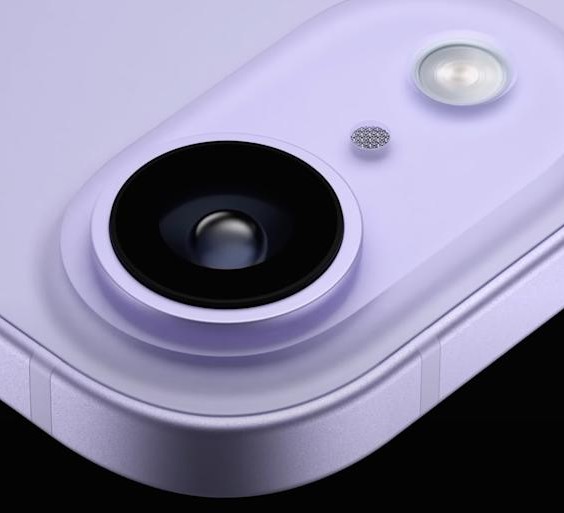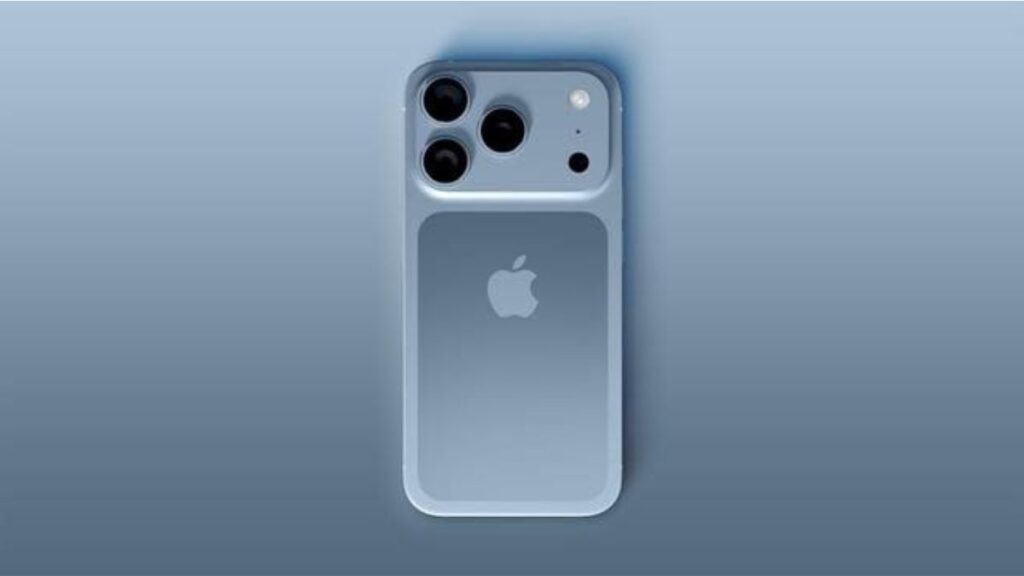The iPhone 17 has landed, and as is the tradition, Apple’s unveiling was met with a whirlwind of excitement, waiting queues, and endless social media chatter. But this time, something’s off. Instead of pure happiness, there’s a certain group of users who are annoyed, even angry. From scratches on brand-new phones to camera issues and connection glitches, the launch hasn’t been as seamless as Apple faithful would have liked. So what’s really going on, and why is everybody so upset?
Let’s take a closer look at the forces driving the frustration and what it portends for consumers and Apple.
- Sky-High Expectations
- Scratchgate: The Cosmetic Controversy
- Camera Glitches Spoil the "Pro" Experience
- Connectivity Issues Annoy Users
- Apple Intelligence: AI That Falls Short
- Incremental Updates Cause Buyer Remorse
- Social Media Exacerbates Outrage
- How Apple Is Responding
- What Buyers Can Do?
- The Bigger Picture
- Why This Matters?
- The Silver Lining
Sky-High Expectations
Apple has a talent for making each new iPhone feel like the “future in your hand.” The iPhone 17 was no exception. The firm promised improved design, battery life, camera technology, and even AI capabilities with “Apple Intelligence.” Naturally, users had something groundbreaking in mind.
The problem? Many of the upgrades feel incremental for users who already own iPhone 14, 15, or 16 models. When you’re paying premium prices, sometimes over $1,000 in international markets even small issues feel magnified. The gap between hype and reality is often what turns excitement into frustration.
Scratchgate: The Cosmetic Controversy
Within days of its appearance, social media was inundated with photos of scratched iPhone 17s. Customers complained that light contact with surfaces or everyday handling left scuffs. For a phone marketed as premium and rugged, this was a breach of trust.
Even when the scratches appear to be the result of material transfer, rather than the device itself, the perceived damage is destructive. iPhones are bought not only for performance but also for the feeling of having a fresh, premium product. When that faith is broken, anger quickly spreads, fed by social media.
Camera Glitches Spoil the “Pro” Experience
Apple was selling a new camera system with professional photography features. But customers noticed black rectangles and odd white lines in photos taken under certain lighting conditions, such as at concerts or events where there were very bright, flashing LED lights.

It is not a small issue for photographers. The camera is usually among the core reasons people change their phones, and faults in real-world use undermine that core promise. Even if the faults are limited to certain circumstances, pictures showing the issue occurring and going viral create the perception that the issue is widespread.
Connectivity Issues Annoy Users
One other aspect in which the iPhone 17 has also faced criticism is connectivity. Complaints about Wi-Fi drops, Bluetooth loss, and flaky cellular connectivity are voiced by users. The issues impact everyday activity, from internet streaming and GPS to the use of smart devices and CarPlay.
Even if only a minority of users experience these problems, they feel significant because connectivity is a basic expectation for any smartphone. When your brand-new, expensive device fails to perform fundamental functions, it’s natural to be frustrated.
Apple Intelligence: AI That Falls Short
One of the biggest advantages of the iPhone 17 was Apple Intelligence, an in-device AI that helped with writing, summarizing, and image creation. To the disappointment of early adopters, many of its features were buggy or not available.
AI was the headline attraction, but to many, it’s the biggest disappointment of the launch. When a headline feature underperforms, the credibility of the entire device suffers and outrage turns into loud complaints on the internet.
Incremental Updates Cause Buyer Remorse
For those already on the latest iPhone models, the iPhone 17 could be going backward in terms of experience and not forward. Refinements of design, incremental camera improvements, and software enhancements may not be worth the hefty price tag for everyone.
When incremental updates are paired with screaming bugs, even the most loyal Apple faithful question whether an upgrade was necessary. That mix of disappointment and wallet hurt drives much of the anger over this release.
Social Media Exacerbates Outrage
Small issues become humongous ones when social media is involved. A single picture of a marred-up back or a buggy concert pic is posted a thousand times, which creates the perception of people being discontented in masses. Reddit threads, YouTube videos, and comments are echo chambers and exaggerate outrage.
Brand loyalty is also in the mix. Apple users tend to identify strongly with the devices. When the product fails to deliver, it’s personal and social media gives them a megaphone to express that dissatisfaction.
How Apple Is Responding
Apple is familiar with launch-day issues. Historically, Apple investigates complaints, diagnoses reasons behind issues as software- or hardware-based, and releases updates or replacement programs accordingly.
For the iPhone 17, Apple has already confirmed software fixes for camera glitches and connectivity issues. While cosmetic concerns are harder to address, users are encouraged to report problems and use return or exchange policies if necessary.
What Buyers Can Do?
If you’re one of the frustrated early adopters, here are some practical steps:
- Keep your software current: The majority of problems are addressed in iOS updates. Periodically review Settings → General → Software Update.
- Test key features: Make sure your camera, Wi-Fi, Bluetooth, and Apple Intelligence features are operating properly.
- Case it up: Even though scratches could be minor or the product of material transfer, a case can preserve the finish.
- Learn your return/exchange policy: Apple and retailers typically offer short return windows if your gadget has a fault or does not meet expectations.
- Keep current: Follow Apple’s official releases and trusted tech sites for news and solutions.
The Bigger Picture
The iPhone 17 launch highlights broader trends in tech culture:
- Hype vs. reality: When the hype is highest, even small issues appear colossal.
- The cost of premium branding: Consumers are willing to pay more for perceived quality and reliability. Failure is magnified in any form.
The speed of feedback loops: In 2025, complaints go viral instantly. Firms must fix issues instantly or endure permanent damage to their reputation.
Why This Matters?
Fury over the iPhone 17 is not just about scratches or camera malfunctions. It is about a shift in how customers perceive tech companies and what they receive from flagship products. They are paying top dollar not just for new technology, but for trust in the product. When that is broken, reactions are stern and widely publicized.
The Silver Lining
Not as bad. Users still praise the iPhone 17 for:
- Battery life that lasts longer
- Improving performance with the A19 Pro chip
- Overall build quality and premium feel.

The majority of issues are software and can be resolved with updates, and the support system by Apple ensures affected users can get repairs or replacements.
The iPhone 17 has raised strong emotions, and for good reason. High expectations, minute but perceptible flaws, and the potential of AI innovation that isn’t quite there yet have combined to generate an even more vocal, more hostile debate than usual.
For users, it is vigilance and waiting: update software, beta-test critical features, and know your return policy or fix. For Apple, the goal is simple to communicate: quickly, squash bugs, be open, and restore trust.
Ultimately, the iPhone 17 proves that despite all the high-tech wizardry, human expectation and reaction is the ultimate test.
Read Related News
Apple iPhone 17 Series Launch Expected in Early September 2025
The Dark Side of Artificial Intelligence No One Is Talking About
